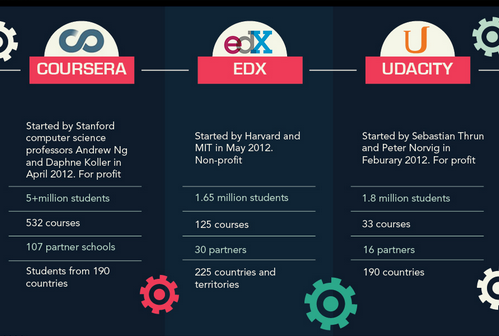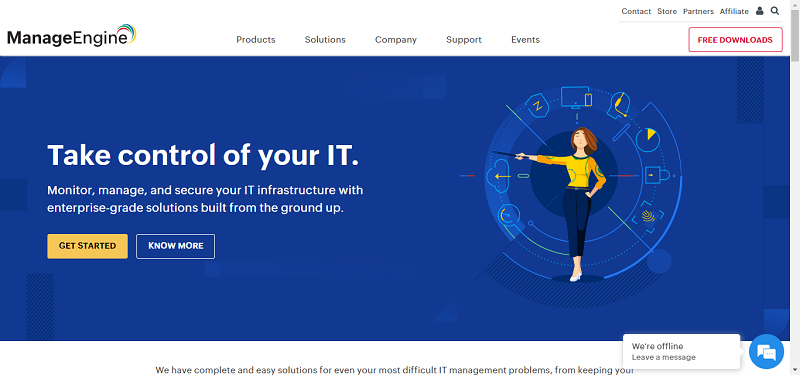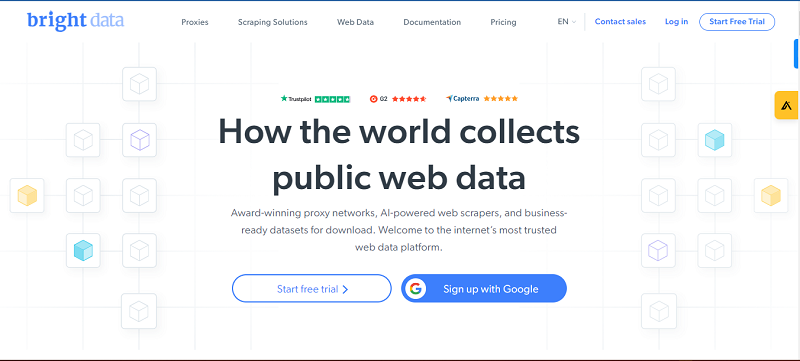The benefits of cloud computing are being recognized in businesses and educational institutions across the board, with almost 90 percent of organizations currently using some kind of cloud-based application. The immediate benefits of cloud computing are obvious: cloud-based applications reduce infrastructure and IT costs, increase accessibility, enable collaboration, and allow organizations more flexibility in customizing their products both for their brand and for their audience. But cloud computing is having other effects as well, which have the potential to greatly change how education works, both in online courses and in traditional classrooms.

1. No more expensive textbooks. It’s no secret that university-level textbooks are expensive. The cost of textbooks has outpaced the cost of virtually everything else in education, including tuition. As a result, many students are simply refusing to buy them. Cloud-based textbooks can solve this problem as digital content is significantly less expensive than printed content. This levels the playing field so that lower-income students can have the same access to quality learning materials as their higher-income counterparts. Currently, higher education institutions across the United States are piloting an e-textbook program involving 50 publishers and close to 30,000 textbooks.
2. No more outdated learning materials. In the K-12 arena, the problem of expensive textbooks means that many of the materials students are using are outdated. The average social studies book in elementary and junior high schools is seven to eleven years old, which means that the world maps in these books are no longer correct. With cutbacks in school budgets, many districts, especially in less affluent areas, simply can’t afford to replace these outdated resources. Cloud-based materials are easy to update in real time so that students always have access to the most current learning resources.
3. No expensive hardware required. Cloud-based applications can be run on Internet browsers, but most are compatible with mobile devices as well. This means that schools and students do not necessarily need to own expensive computers—a $50 smartphone can access these applications just as well as a $500 laptop. Students also don’t need to purchase external storage devices as there are plenty of companies, like Google, that offer free cloud-based storage.
4. No expensive software required. One of the biggest advantages of cloud-based computing is the software-as-a-service (SaaS) model. Many software programs are now available either free or on a low-cost subscription basis, which substantially lowers the cost of essential applications for students. For example, instead of purchasing a single Microsoft office student license for 0, students and their families can purchase a cloud-based subscription for five computers and five mobile devices for only $10 per month. Even better, they can use Google Docs for free. Institutions can also save big by using SaaS applications—traditional learning management systems can cost upwards of $50,000 or more, but cloud-based learning management systems like ProProfs’ Training Maker are available starting at $60 a month with no per-user fee.
5. Reaching more, and more diverse, students. Cloud computing opens up a world of new possibilities for students, especially those who are not served well by traditional education systems. For example, until education moved online, the options for adult students who didn’t finish high school were very limited—now these students can earn their diploma or GED online. There are many other types of students for whom a traditional school environment simply doesn’t work, and these students now have many options for pursuing alternative forms of education.
6. Anytime, anywhere, any device model of learning. Cloud-based applications give the opportunity to study by connecting to a virtual classroom anytime, anywhere, and with any device. This makes it possible for every student to keep-up with the progress of the class, despite not being able to physically attend the place of study. Of course, this practice opens the learning process up to cybersecurity threats all involved should be aware of.
In these and other ways, cloud computing is not only reducing costs, but also creating an environment where all students can have access to high-quality education and resources. Whether you are an administrator, a teacher, a student, or the parent of a student, now is a great time to explore how cloud-based applications can benefit you, your children, and your school.
By Sameer Bhatia





